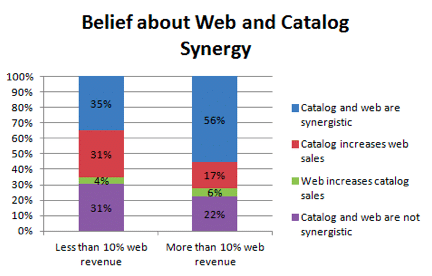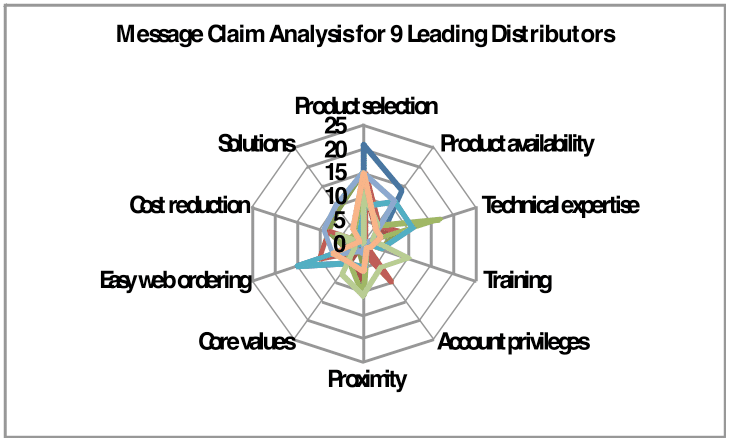It’s a great idea and it requires thoughtful planning. Most distributors want to increase sales by entering new markets — but what does that mean?
Selling into new markets could mean:
- Selling into a new geographic area
- Reaching into vertical segments that are not part of the current customer mix
- Selling to a different customer size (mega companies or small mom and pop stores)
- Selling to different individuals within your current customers (e.g. calling on the Safety Director for safety products rather than just the purchasing group).
The amount of planning you do to prepare for a new market depends on how similar it is to your current markets. If it is less similar, then more planning is necessary for success.
Market and Competitive Analysis
Understand the dynamics of the market you are entering. In addition to understanding market size, market share, and growth rates, it is important to understand competitive forces. Markets with too many competitors relative to the number of buyers or where the barrier to entry is low are structurally unattractive markets. RRM balances quantitative and qualitative analysis techniques to help distributors make the right strategic decisions about new markets.
Product and Service Offering
Once you understand the market dynamics and competitive forces, you need to assess your current capabilities and your ability to penetrate the new markets you are targeting. Do you need to add products or value added services?
Positioning and Messaging
How will you position your company in the new market? Most distributors suffer from “me-too” positioning and messaging by focusing on selection, availability, fast shipping, and knowledgeable sales people. Their success depends more on relationships than sophisticated marketing. So, when you move to a new segment, it will be difficult to succeed based on prior relationships. Consequently, relevant and differentiated messaging is more important in new markets than in existing ones. How will you stand out in this new market where your competitors already have relationships with customers?
How Distributors Position Their Business »
Sales and Marketing Channels
When selling into new markets, there are multiple channels that you need to consider including catalog, web, inside sales, outside sales and others. You need to utilize each of these channels effectively. You also need to make sure that they are used together in an integrated manner. Optimization and full integration of your marketing and sales channels is a competitive advantage that will set you apart from your competition for years if not forever. It is an advantage that is not visible by your competition and difficult to discover even thru intensive competitive research.


Pricing
Pricing is a critical component within your marketing mix and is one of the most visible and oftentimes most controversial within the sales organization. However, the prices you charge should not be the major determinant for winning or losing business. In fact, in the customer research we have conducted, price is most often the fourth or fifth most important factor in the decision making process for distribution customers. Beyond setting list price, effective discount management is indispensable in B2B transactions where discounts are common. However, distributors who give field sales primary or sole authority to make discounts typically suffer from low margins. Distribution Strategy Group can develop a strategy that will ensure your company’s pricing is consistent throughout the various marketing channels.

Jonathan Bein, Ph.D. is Managing Partner at Distribution Strategy Group. He’s
developed customer-facing analytics approaches for customer segmentation,
customer lifecycle management, positioning and messaging, pricing and channel strategy for distributors that want to align their sales and marketing resources with how their customers want to shop and buy. If you’re ready to drive real ROI, reach out to Jonathan today at
jbein@distributionstrategy.com.
